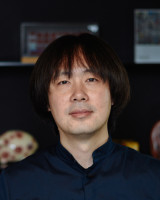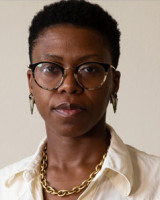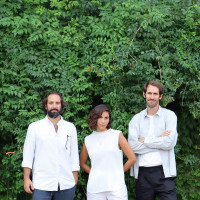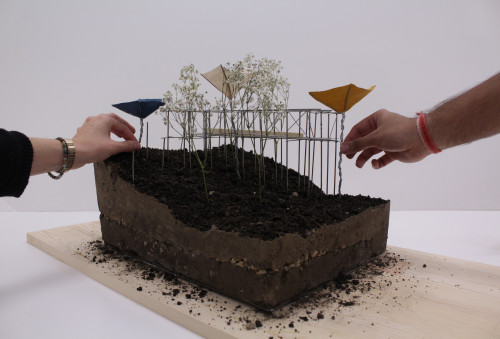
Now in its 257th year, the Royal Academy Summer Exhibition is the world’s longest-running open-submission exhibition, bringing together a diverse array of contemporary works, including painting, sculpture, photography, printmaking, architecture, and film from leading and emerging voices. For the 2025 show, fewer than 1,000 works were chosen from over 32,000 global submissions.
Curated by internationally renowned architect and Royal Academician Farshid Moussavi, this year’s overarching theme, “Dialogues,” explores how visual culture can foster conversation across disciplines, geographies, and ideologies.
“The Royal Academy Summer Exhibition 2025 will be dedicated to art’s capacity to forge dialogues and to afford us sensitivity towards societal concerns, such as ecology, survival and living together,” says Moussavi.
And for the first time in its history, the Royal Academy has fully integrated architecture with all other media, creating conversations with art and underscoring its role as an essential part of the cultural landscape.
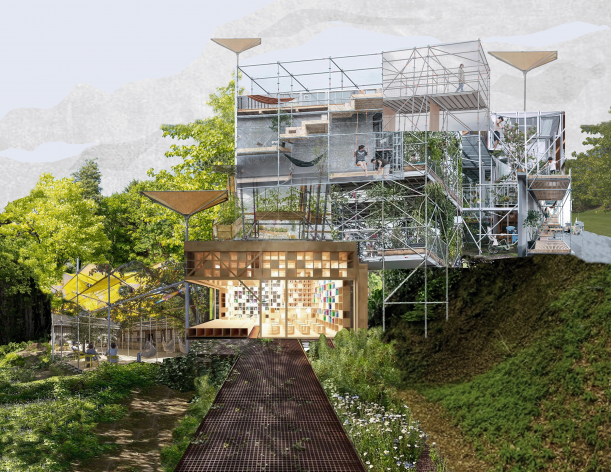 “Evolving an Urban Ecology” experiential collage“Evolving an Urban Ecology” explores how forgotten urban spaces can be reimagined through ecological care and slow, adaptive design. Focusing on the disused Highgate train station site in North London—once part of a major green corridor—the project highlights the ecological value of its largely unrecognized urban soil and the barriers preventing both human and nonhuman movement across it.
“Evolving an Urban Ecology” experiential collage“Evolving an Urban Ecology” explores how forgotten urban spaces can be reimagined through ecological care and slow, adaptive design. Focusing on the disused Highgate train station site in North London—once part of a major green corridor—the project highlights the ecological value of its largely unrecognized urban soil and the barriers preventing both human and nonhuman movement across it.
In response, the proposal outlines a long-term strategy centered on three interventions: reusing existing concrete to establish a permanent hub for soil research and education; introducing scaffolding-based structures for temporary access and community gardening; and adapting agricultural technologies for soil and water management in an urban context. Designed as a speculative “how-to” guide, the project envisions an evolving landscape that prioritizes ecological restoration, access, and coexistence over time.
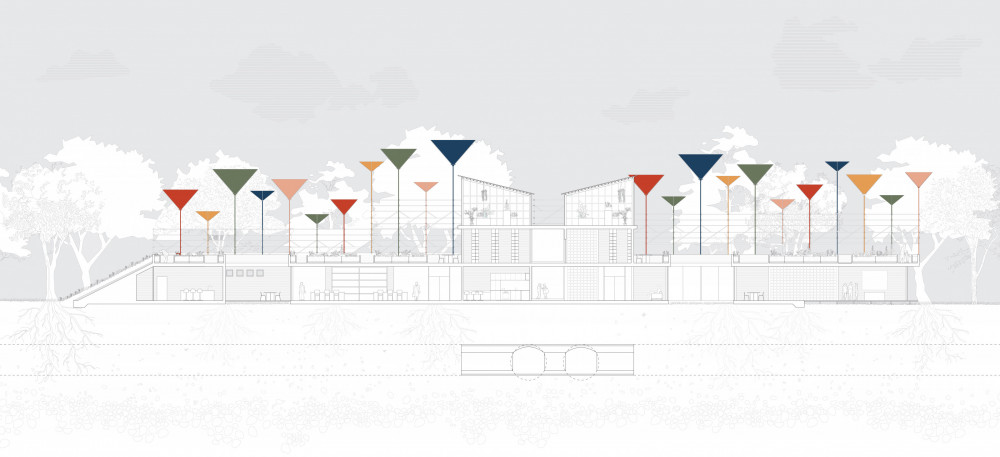 “Evolving an Urban Ecology” long section
“Evolving an Urban Ecology” long section
We’re incredibly honored to be part of this longstanding tradition of showcasing architects and artists from around the world,” the students said in a joint statement. “We’re grateful to coordinator Farshid Moussavi and our room curators, Stephanie Macdonald and Tom Emerson, for including us in this year’s show. Attending the opening ceremonies in June was a truly memorable experience, and we’re excited to carry everything we’ve learned forward into our future work.”
“Evolving an Urban Ecology” joins notable works by household names and emerging talent—among them Alice Channer, Ryan Gander, Tracey Emin, Antonio Tarsis, and Tamara Kostianovsky—underscoring a remarkable moment for architecture within the broader art discourse.
“Seeing Gabe, Dhruv, and Hannah’s project included in the Royal Academy Summer Exhibition is a tremendous honor. Their work embodies the kind of forward-thinking resilience we emphasize in the SU London program,” says Bartosh. “Combining deep research, design autonomy, and technical skill, the model is more than just a beautiful artifact—it’s a testament to the students’ commitment and the value of architecture as an agent of ecological and social insight.”
The exhibition is on view at Burlington House in London through August 17, 2025. All of the works in the Summer Exhibition have been available to browse online through the Summer Exhibition Explorer, with many of the pieces available to purchase.



